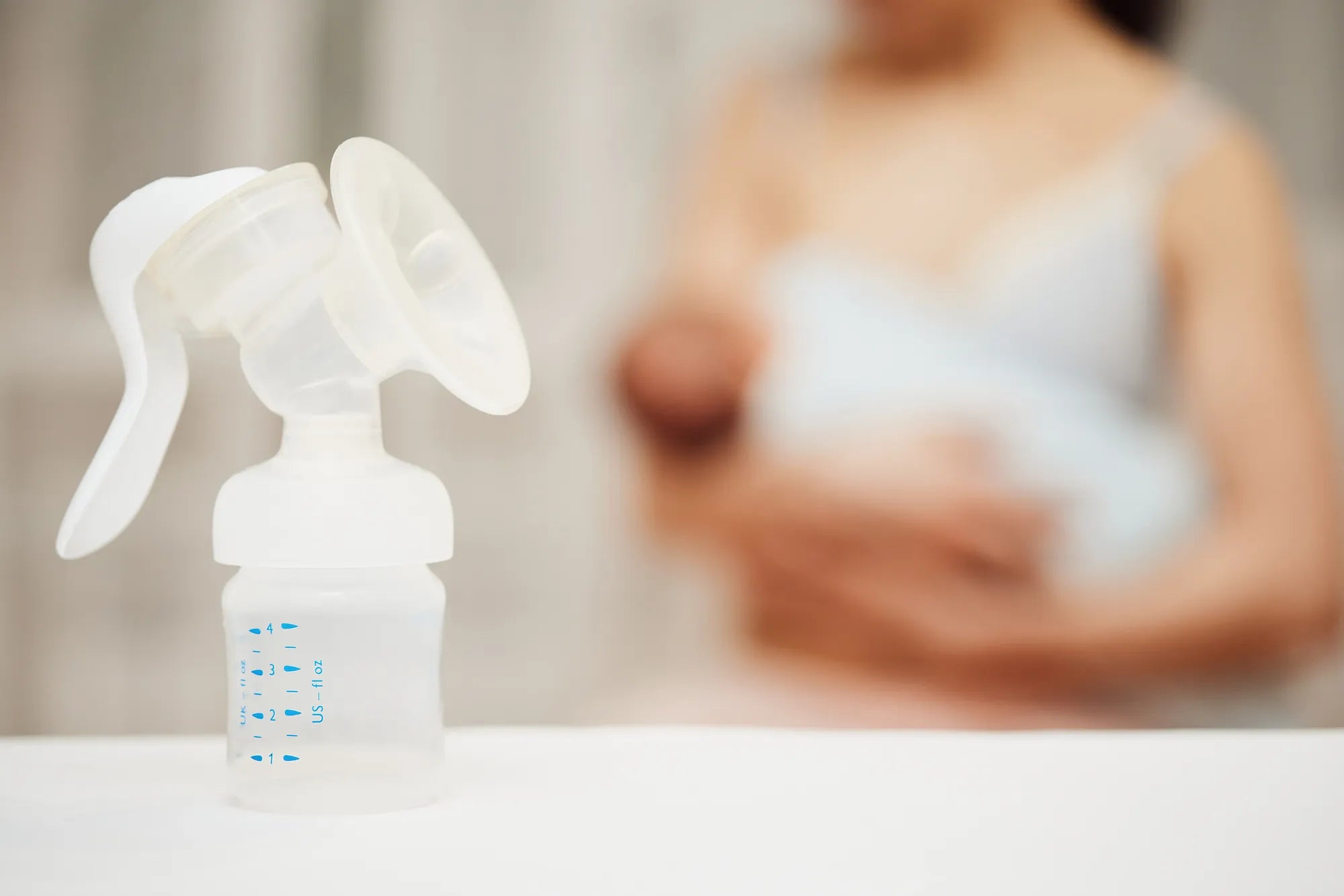Home
Pregnancy, Breastfeeding, and Pumping: The Ultimate Guide for Moms
How Do You Clean Your Breast Pump at Work: A Comprehensive Guide

How Do You Clean Your Breast Pump at Work: A Comprehensive Guide
For working mothers, maintaining a clean breast pump at work is essential for both personal hygiene and the health of their baby. Balancing professional responsibilities with the demands of breastfeeding can be challenging, but with the right strategies, you can ensure your breast pump remains clean and safe to use throughout the day. This guide provides practical advice on how to clean your breast pump at work effectively.
Why Cleaning Your Breast Pump at Work is Important
Cleaning your breast pump at work is crucial to prevent the growth of bacteria and ensure the milk you express is safe for your baby. Breast milk is a nutrient-rich substance that can quickly become a breeding ground for harmful microorganisms if proper hygiene is not maintained. Regular cleaning of your breast pump components helps reduce the risk of contamination and keeps your baby healthy.
Essential Supplies for Cleaning Your Breast Pump at Work
Before diving into the cleaning process, it’s important to gather the necessary supplies. Here’s a list of items you’ll need:
- Mild dish soap
- A clean basin or sink
- Clean paper towels or a dedicated drying rack
- Disposable wipes or sanitizing spray
- A clean, dry cloth
- A storage bag for pump parts
Having these supplies readily available at your workplace will make the cleaning process more efficient and hassle-free.
Step-by-Step Guide to Cleaning Your Breast Pump at Work
Follow these steps to ensure your breast pump is thoroughly cleaned during your workday:
Step 1: Disassemble the Pump
Start by disassembling all the parts of your breast pump that come into contact with breast milk. This typically includes the flanges, valves, membranes, and bottles. Refer to your pump’s manual if you’re unsure which parts need to be cleaned.
Step 2: Rinse the Parts
Rinse each component under warm running water to remove any residual milk. Avoid using hot water, as it can cause milk proteins to stick to the surfaces, making them harder to clean.
Step 3: Wash with Soap
Fill a clean basin or sink with warm water and add a small amount of mild dish soap. Submerge the pump parts and use a clean brush or sponge to scrub them thoroughly. Pay special attention to crevices and hard-to-reach areas where milk residue can accumulate.
Step 4: Rinse Again
After washing, rinse all the parts under running water to remove any soap residue. Soap left on the pump components can alter the taste of the milk and may not be safe for your baby.
Step 5: Dry the Parts
Place the washed parts on a clean paper towel or drying rack to air dry. Avoid using a cloth towel, as it may introduce lint or bacteria to the pump components. Ensure the parts are completely dry before reassembling or storing them.
Step 6: Sanitize if Necessary
If you have access to a microwave or steam sanitizer, you can sanitize the pump parts to ensure they are free of bacteria. Alternatively, you can use disposable wipes or a sanitizing spray designed for baby items. Allow the parts to air dry after sanitizing.
Step 7: Store Properly
Once the parts are clean and dry, store them in a clean, dry storage bag or container until your next pumping session. This prevents contamination and keeps the parts ready for use.
Tips for Maintaining Cleanliness Throughout the Day
Here are some additional tips to help you maintain a clean breast pump at work:
- Plan your pumping sessions to allow enough time for cleaning and drying.
- If you’re short on time, consider using a portable cleaning system designed for breast pump parts.
- Keep a spare set of pump parts at work to use while the other set is being cleaned.
- Wash your hands thoroughly before handling your breast pump or milk storage containers.
- Regularly inspect your pump parts for signs of wear and tear, and replace them as needed.
Common Mistakes to Avoid
When cleaning your breast pump at work, avoid these common mistakes:
- Using harsh chemicals or abrasive cleaners that can damage the pump parts.
- Reusing dirty pump parts without cleaning them first.
- Storing wet or damp pump parts, which can promote bacterial growth.
- Neglecting to clean hard-to-reach areas, such as valve membranes.
Frequently Asked Questions
Can I Clean My Breast Pump in the Office Kitchen?
Yes, you can clean your breast pump in the office kitchen, but ensure the sink and basin are clean before use. Avoid using shared sponges or towels to prevent contamination.
How Often Should I Clean My Breast Pump at Work?
You should clean your breast pump after every use to maintain hygiene and prevent bacterial growth.
What If I Don’t Have Access to a Sink at Work?
If a sink is not available, use disposable wipes or a sanitizing spray to clean the pump parts. Follow up with a thorough cleaning once you have access to a sink.
Can I Use a Dishwasher to Clean My Breast Pump Parts?
Some breast pump parts are dishwasher-safe, but always check the manufacturer’s instructions. Hand washing is generally recommended for better control over the cleaning process.
Maintaining a clean breast pump at work is a vital part of ensuring your baby’s health and your peace of mind. By following these steps and tips, you can streamline the cleaning process and focus on what matters most—caring for your little one while excelling in your professional life. With a little preparation and the right techniques, you can make breast pump cleaning at work a seamless part of your daily routine.
Share

